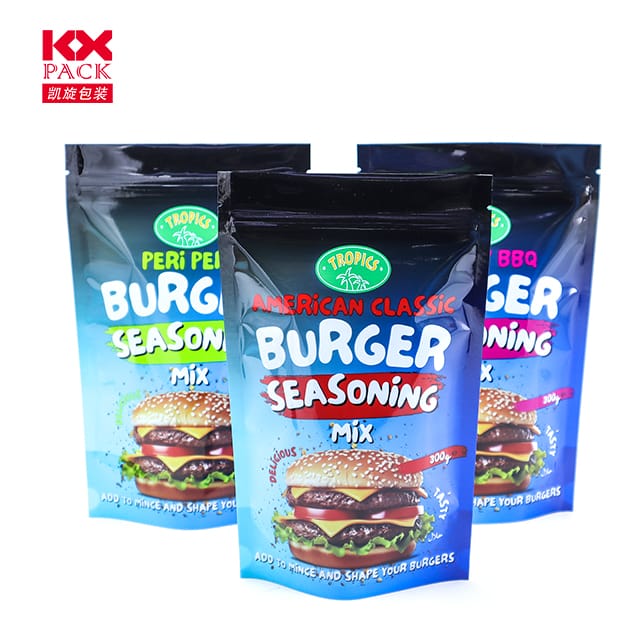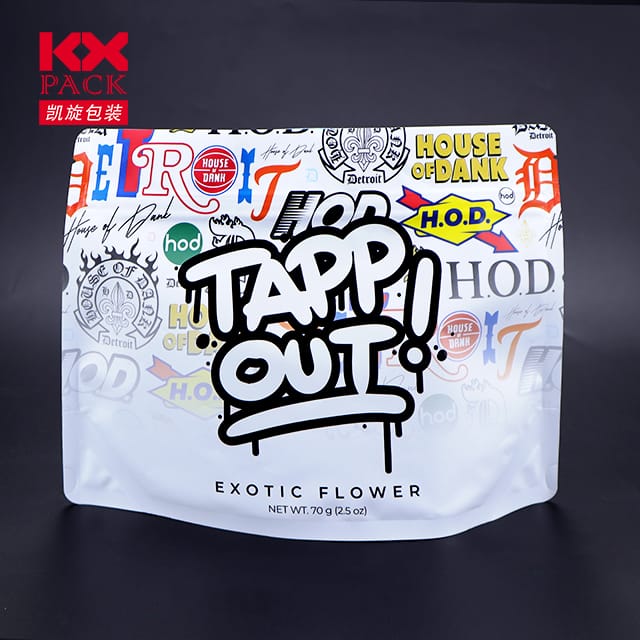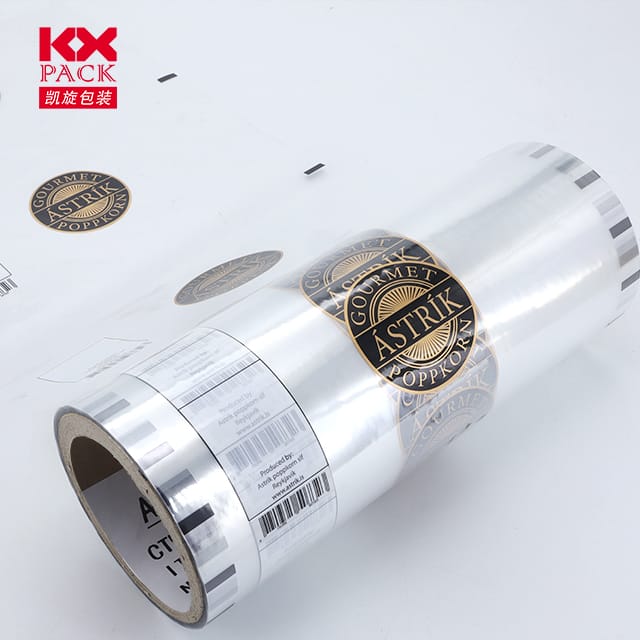Хуванцар хальсыг сав баглаа боож өгнө: Төршил, Тал нь, тогтвортой шийдлүүд
Бутны хуванцар хальс
From protecting fresh produce to securing industrial goods, Бутны хуванцар хальс is a cornerstone of modern logistics and retail. Түүний олон талт байдал, Зардлын үр ашиг, дасан зохицох чадвар нь түүнийг үйлдвэрлэлийн хувьд зайлшгүй зайлшгүй болгодог, гэхдээ байгаль орчны асуудал, Бэлтгэх чадвартай бизнес эрхлэгчид хэрхэн тэнцвэржүүлэх боломжтой? Хуванцар сав баглаа боодлын киноны ертөнцийг судалж үзье, тэдгээрийн програмууд, ба байгальд ээлтэй шинэлэг зүйлүүд.
What Is Packaging Plastic Film?
Packaging plastic film refers to thin, flexible sheets made from polymers likeполиэтилен (PE), полиппопилен (PP), поливинил хлорид (Татах PSV), or polyester (PET). These films are engineered to shield products from moisture, dust, tampering, and physical damage during storage, shipping, and display. Available in rolls, sheets, or pre-formed bags, they come in varying thicknesses (measured in microns) to suit different needs.
Common Types of Packaging Plastic Films
- Полиэтилен (PE) Film
- Шимүүдсэн (Low-Density PE): Soft and stretchy, ideal for food wrap, pallet shrink wrap, and agricultural mulch.
- Хүүх (High-Density PE): Rigid and tear-resistant, used for grocery bags, trash liners, and industrial liners.
- Полиппопилен (PP) Film
- Offers excellent clarity and heat resistance, making it perfect for snack packaging, laminated pouches, and medical supplies.
- Поливинил хлорид (Татах PSV) Film
- Durable and transparent, commonly used for blister packaging, stationery, and construction films.
- Polyester (PET) Film
- High-strength and chemical-resistant, favored for flexible packaging, шошго, and electrical insulation.
- Био задалж авах кино
- Ургамал дээр суурилсан полимерээс хийсэн (Жишээ нь e., PLA, Фен), these films break down naturally under specific conditions, reducing plastic waste.
Key Applications of Packaging Plastic Film
- Хүнсний салбар
- Fresh produce: Stretch films and cling wraps preserve freshness by locking in moisture and preventing contamination.
- Meat and cheese: Vacuum-sealed PE or PP films extend shelf life by removing oxygen.
- Snacks: Multi-layered laminated films (Жишээ нь e., PET/PP) maintain crispness and prevent flavor loss.
- Retail and E-Commerce
- Pallet wrapping: Stretch films secure boxes on pallets during transit, reducing shifting and damage.
- Product displays: Shrink-wrap films create tamper-evident packaging for electronics, гоо сайхны бүтээгдэхүүн, and toys.
- Industrial and Construction
- Vapor barriers: HDPE films protect buildings from moisture during construction.
- Machine protection: Anti-static PP films shield sensitive equipment from dust and static electricity.
- Agriculture
- Mulching films: Black PE films suppress weeds and retain soil moisture in farms.
- Silage wraps: UV-resistant films preserve livestock feed by preventing spoilage.
Advantages of Plastic Packaging Film
- Cost-Effective: Lightweight and easy to produce, reducing shipping costs and material waste.
- Customizable: Available in colors, prints, and textures to enhance branding and product appeal.
- Hygienic: Impermeable to bacteria and moisture, ensuring food safety and product integrity.
- Efficient: Stretch films can reduce packaging volume by up to 50%, optimizing storage space.
Sustainability Challenges and Solutions
While plastic films offer undeniable benefits, their single-use nature has raised environmental alarms. Here’s how the industry is responding:
- Recycling Initiatives
- Many PE and PP films are recyclable. Businesses can partner with programs like TerraCycle to collect used packaging.
- Downcycling: Recycled films are often repurposed into products like plastic lumber or trash bags.
- Biodegradable and Compostable Alternatives
- Кинонууд хийсэн эрдэнэ Кроуз (PLA) эсвэл чихрийн нишингэ (Фен) decompose in industrial composting facilities within 6–12 months.
- Example: Eco-Flex® by BASF is a compostable film used for organic food packaging.
- Reusable Systems
- Some companies adopt returnable packaging (Жишээ нь e., reusable silage wraps or pallet covers) to minimize waste.
- Нимгэн кино
- Advances in nanotechnology allow manufacturers to create ultra-thin films (Жишээ нь e., 5-micron PE) without sacrificing strength, reducing plastic use by up to 30%.
How to Choose the Right Packaging Film
- Product Requirements:
- Perishable goods? Opt for oxygen-barrier films (Жишээ нь e., EVOH-coated PET).
- Heavy items? Choose high-tensile HDPE or reinforced PP films.
- Байгаль орчинд үзүүлэх нөлөөлөл:
- Prioritize recyclable or biodegradable options if sustainability is a priority.
- Cost Constraints:
- Balance upfront costs with long-term savings (Жишээ нь e., reduced damage during shipping).
The Future of Packaging Plastic Film
Innovations likeedible packaging (made from seaweed or starch) болонsmart films (with embedded sensors to monitor freshness) are on the horizon. Энэ хооронд, stricter regulations (Жишээ нь e., ЕХ-н нэг удаагийн тусламжтай хуванцар зааврыг) are pushing industries to adopt circular economy models.
Шилдэг бодоно
Packaging plastic film remains a vital tool for protecting products and reducing waste—but its future hinges on sustainable practices. By opting for recyclable materials, supporting biodegradable alternatives, and optimizing design, businesses can minimize their ecological footprint without compromising performance.
Ready to upgrade your packaging? Share your thoughts or questions in the comments below! 🌍📦
Түлхүүр үгс: Бутны хуванцар хальс, тогтвортой сав баглаа боодол, biodegradable film, polyethylene film, plastic recycling.







